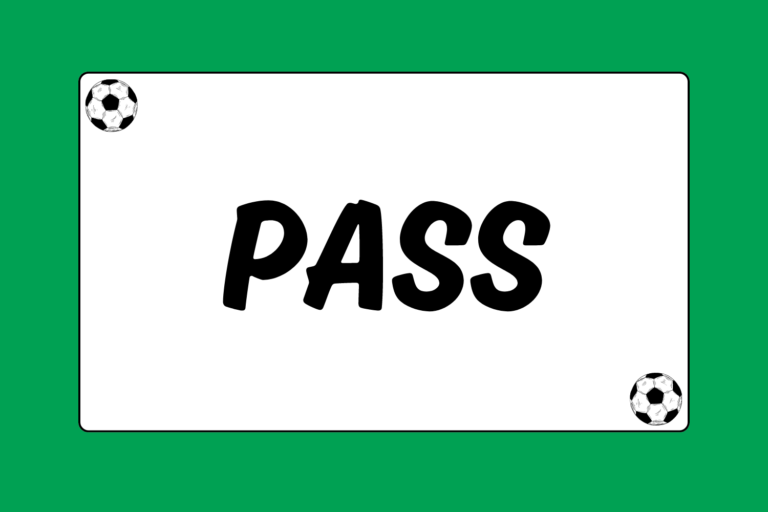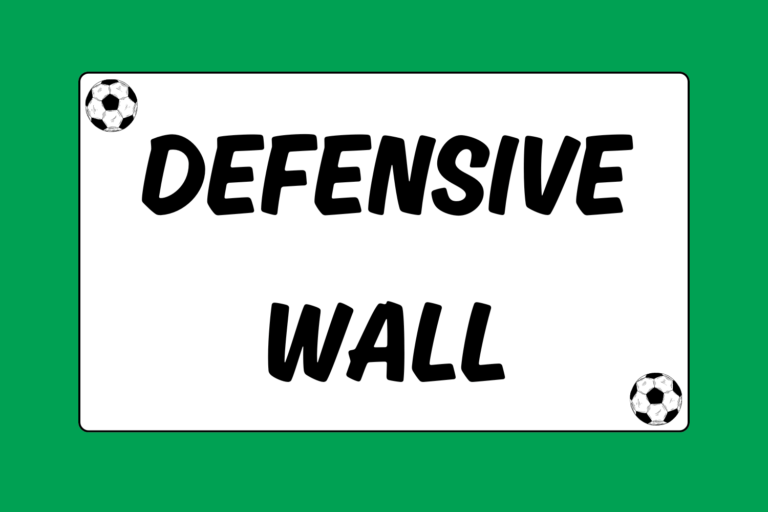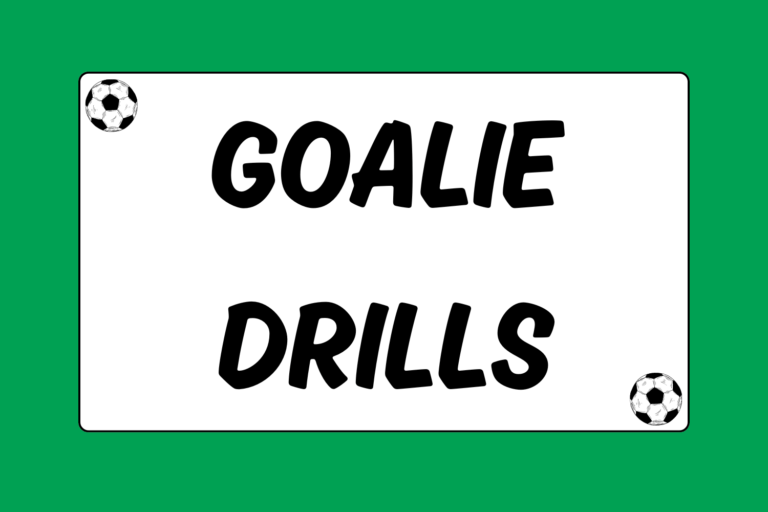The ability to consistently make penalty kicks is a valuable trait in any soccer player. Your goal should be to perfect your understanding of the optimal penalty shot, so that when your number is called, you are ready to step up in the clutch and come through for your team. Below are the various aspects to consider before you take the plunge.
Mental Preparation
The most important thing before taking a penalty shot is to stay calm. A player who can’t control their emotions is not an ideal person to take a penalty. Optimally, you want to decide where you are going to kick the ball before you step up. If you take your shot cleanly and precisely, it is almost impossible for the goalkeeper to make a save.
If you try to psyche the keeper out, you often increase your own chances of failure. This is why you should pick your shot ahead of time, and stick with it. The odds are stacked in your favor so don’t introduce any elements that could complicate your task.
The Ideal Penalty Kick
An ideal shot is low, hard, and into the side netting of the goal. This is the most difficult place for the goalkeeper to reach quickly. This is because the distance from a goalkeeper’s hand to the upper corner is less than the distance from his hand to a lower corner.
Theoretically, it’s physically impossible for a goalkeeper to get to a ball that is well struck to the side netting. The ball travels significantly faster than a person, and this isn’t even factoring in the fractions of a second goalkeepers lose processing and reacting.
Amazingly True Story
In the 1994 World Cup final, the crowd held their breath as Italian captain Roberto Baggio stepped up to take the fifth and final penalty shot for his team. Brazil had already made their final shot, and Baggio needed to score in order to keep the Italians’ hopes alive.
Baggio ran up to take his shot, and struck the ball so poorly that it sailed 10 feet over the crossbar. The Brazilians rushed the field in celebration. Baggio’s shot went down as the worst miss of all-time. His shot provides proof that no player — regardless of skill — can triumph over a lack of mental focus.
Reading the Goalkeeper
Although taking a penalty kick is primarily a physical act, a lot of the action is determined before the kick is taken. Reading your opponent’s body language is key. For instance, if a goalkeeper is resting on their heels instead of their toes, it means they are flatfooted and will not have the ability to easily leap. Use this knowledge to your advantage and success will follow.
Penalty Kick Infractions
For the most part, penalty shots are pretty straight forward. However, there are two primary rules that must be followed while taking a penalty. The first relates to the shooter, and the second relates to the goalkeeper.
Shooter Infractions
The player who is shooting must continue forward momentum once they advance towards the ball. If the shooter stops on his way toward the ball, whatever happens afterward is null and void. The referee will blow his whistle and the kick will be retaken.
Goalkeeper Infractions
The goalkeeper must stay on the goal line until the ball is struck. The keeper may move horizontally along the goal line at all times, but if they come off the goal line early, the referee will blow his whistle and the kick will be retaken.
Consistency is King
Now that you understand all the aspects that go into taking a successful penalty kick, its time to hit the practice field and perfect your shot. You don’t even need a goalkeeper to do this, because your objective is to hit the side netting every time. If you do that consistently, the keeper doesn’t stand a chance!





